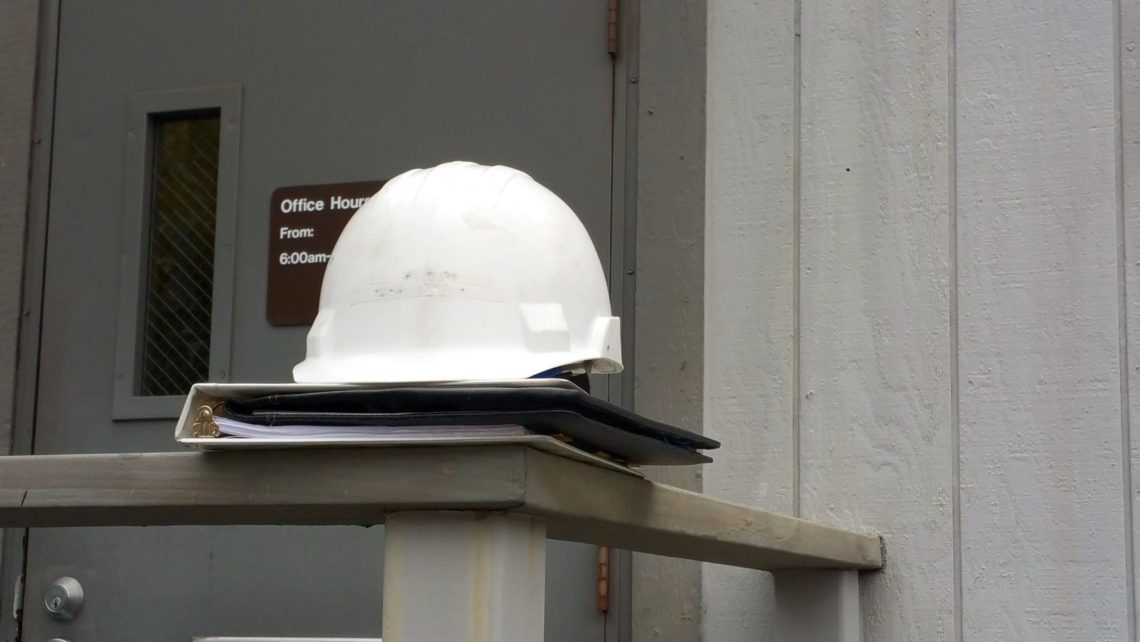OSHA Inspection Checklist: How Employers Can Be Prepared
By Tom Boecher
How do you prepare for an OSHA inspection? Start with this OSHA inspection checklist. It walks you through what to expect, how to act and how to prepare.
It’s the knock no one wants at the facility door: an OSHA inspector. While the fear of hundreds or even thousands of dollars in fines may loom large, there’s no reason to panic about the OSHA inspection process.
We’ve put together a quick OSHA inspection checklist to walk you through what to expect, how to act and how to start preparing right now. First things, first:
Verify the inspector’s identity and purpose.
When an inspector arrives, you should be courteous and attentive, but don’t be afraid to ask questions.
Start by asking for the inspector’s credentials and why he or she is at your facility. The two most common causes: an employee complaint or worker injury.
You can’t stop the inspector from coming in, and in fact, delaying may raise the level of scrutiny conducted by the inspector.
Choose your designated employee wisely.
You have the right to designate a specific employee to escort an OSHA inspector around your facility, but often, choosing this individual is an after thought.
Perception is reality during your inspection, and this employee sets the tone. Your designated employee should be confident and knowledgeable. It’s important to pick someone who’s familiar with your facility’s health and safety plan, as well as the OSHA 300 and 300a logs.
If an inspector happens to arrive when the designated employee is away, you may ask the inspector to wait until he or she arrives. Most will wait a reasonable amount of time for the designated employee. In case the designated employee can’t arrive in time for the inspection, a secondary employee for accompanying the inspector should be stipulated.
Take your own notes, photos, videos and readings.
As you escort an OSHA inspector around your facility, take copious notes. Write down everything the inspector says. If he or she measures a stair height or takes a light level reading, you should duplicate those actions and record the results.
This documentation serves as back-up in case you’re given a notice of violation and find yourself in appeals court trying to reduce your fine.
Keep your OSHA inspector focused.
If your inspector is there to investigate an injury, walk him or her straight to the injury site and avoid derailing the inspection from the original focus into one that includes more of a wall-to-wall focus on all OSHA components.
This same rule applies to questions and documentation. Answer what’s asked as simply and directly as possible. If the inspector asks for paint booth usage logs, provide them but don’t offer up additional documentation.
You’re trying to avoid providing any unrequested information that might unintentionally widen the inspection’s scope. If you provide something wrong or incomplete—even if the inspector didn’t ask for it—you may be held accountable for inaccuracies or other non-compliant information not originally requested. Depending on the severity of the violation, fines may be levied by OSHA.
Fix small problems during the inspection.
Take an inspector’s comments seriously during an inspection, and make any corrections you can while the inspector is still there. This shows an authentic desire to comply.
If he or she asks you to remove storage from in front of a fire door, have the material removed immediately. If the potential violation involves failure to wear eye protection or a hard hat, have someone retrieve the equipment for the employee to wear.
Be sure to document the inspector’s comment and your quick response.
Keep clear and understandable compliance documentation.
Good documentation is complete, simple, and easy to understand.
Inconsistent or incomplete documentation may lead to trouble during an inspection. Just one example: You may have sent your emergency response team to training, but do you have the certificates to prove they attended? And did well?
Don’t take it for granted that your facility’s documentation is being done well. Conduct spot checks and provide training and support for employees tasked with creating it.
Adopt a positive attitude.
At the end of the day, you’ll have the chance to sit down with the inspector and go over everything he or she found. Be receptive to feedback and view it all as a lesson learned toward better compliance.
Ask the inspector about his or her overall thoughts on the level of compliance and the likelihood that penalties will be levied. Inspectors should understand the severity of violations they just observed and be able to shed light on where violations are serious, less than serious or other.
Again, document everything the inspector tells you in this closing conference.
Final thoughts.
OSHA has the right to inspect your facility. The greater the level of initial compliance a site offers the inspector to review, the less chance a facility could have of receiving monetary penalties for minor compliance issues.
You can’t control how an inspector conducts the inspection of your facility, but you can control your level of compliance by maintaining safe work practices and a strong safety and health program.
